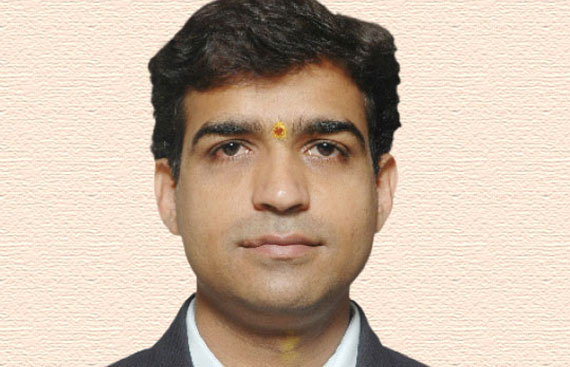Tushar's Take on Public Transport Management System

Objective of implementation of Transport management system is better Maintenance management, Inventory controls, Improve operational efficiency and controls, Centralized procurement, Efficient handling of break down & Driver complaints, Optimization of vehicles and crew.
To improve the operational efficiency, we need to take care of above factors by using the integrated transport management system. The most important part is first mile and last mile connectivity. It helps to make such operations sustainable and feasible. Integrated transport includes the connectivity for first mile and last mile connectivity. To achieve the first mile and last mile connectivity multiple mode of transport need to bring on the mobile application. So if the passenger book a ticket from point A to point B, pick up from home, drop at point B and from that point pick up and drop at destination. Multi modal transport system with single media (Smart card, Personalized Mobile device) would help to increase the load factor and customer ease. The main objective of TMS is customer centric approach to bring the effective transport management system.
Planning and Scheduling
Based on demand, supply and seasonal changes need to do tweak in scheduling. Manually or excel based solutions are not feasible as the frequency always goes for the toss and we face the challenges of bus bunching or passenger need to wait for a long time for a bus. Based on the given inputs system calculate and display multiple options for the better operation. Every day the demand and supply is different hence same schedule cannot be used as a bench mark and hence each day the schedule would be different. Planning and scheduling plays an important role to get the maximum load factor and ultimately the passenger timely service.
Operations
Once the schedules are ready the key role of operations is to dispatch the vehicles on time to adhere the schedule timelines. Crew duties need to plan accordingly. Based on traffic conditions need to control the bus speed to avoid the bunching. All day to day incidents are also captured in system like wise break down of vehicle, trip lost, operational KMs lost, accident on road, exceptional crew changes if any. The systems also permit auto dispatch if it is integrated with GPS devices.
Public Information System
Public transport should always be customer centric where the technology played an important role in it. Public information systems help the passenger to know the next bus stop, when the next bus would arrival. In emergency conditions important messages are also possible to display in bus. The system is consisting of GPS device, digital boards and Audio systems.
Fleet Management
Due to technological evolutions the buses are also coming in hybrid versions, now the buses are not mechanical they are Mechatronics buses having multiple sensors in it. The vehicle health monitoring system is connected to vehicles OBD port to know the health of the vehicle at any point of time. System generates alerts based on the type of issue in vehicle. TMS fleet management module would help to define the preventive maintenance schedule templates in it. As per Original Equipment Manufacturer schedule plan, system throws alerts as per defined templates. After completion of shift the driver have provision to enter the vehicle defects in installed Kiosk. Forecasting of spare parts is also based upon the defined templates in system. Tyre management is also very crucial which is also contributing high cost in cost management. Tyre tracking, tyre life, Tyre NSD, Tyre rebuilding.
Crew Management
System generate crew roster based upon the generated schedule. System optimizes crew duties based upon the given inputs in system. It helps to avoid the overtime amount using the optimization tool in system. Every week the duty time table is published.
Attendance Management
Biometric machine integration is done with transport management system. TMS takes care of weekly of, crew changes in case of he is on leave, it also helps if the crew is worked more than the scheduled time. The system automatically generates the report to incentivize the crew members.
Inventory and Purchase Management
The minimum and maximum level is set in to the system which helps to plan the spare by using the auto requisition. All the preventive maintenance templates are fed in system which helps in spare parts forecasting. Hence, the system is cloud all the procurement is centralized. It also helps to analyze the supplier performance, Spare parts aging on shelf. System keeps a track of repeat consumption, demand vs Consumption, PO vs Receiving.
Fuel Management
The major cost in any transport industry in India is Fuel which is contributing highest cost of buses. Improvement of 0.1 percent in KMPL is saving Hugh cost in terms of Fuel cost. Vehicle health monitoring system also helps to see the daily KMPL of each bus. Apart from vehicle health, Driver's behavior also contribute in vehicle KMPL, which is also monitored using system.
Revenue Management
Automatic Fare collection system helps to avoid the cash transactions and cash leakages. There are multiple ways to do the cash less transactions. Mobile ticketing, web booking, internet based electronic ticketing system. For students or regular traveller smart cards like RFID, NFC or Magnetic strip swipe cards to recharge the cards on board.
Payroll and Financial Management
Hence, the entire roster is system based, payroll processing is also easy to process it hassle free without any manual intervention. The financial system is also centralized.
